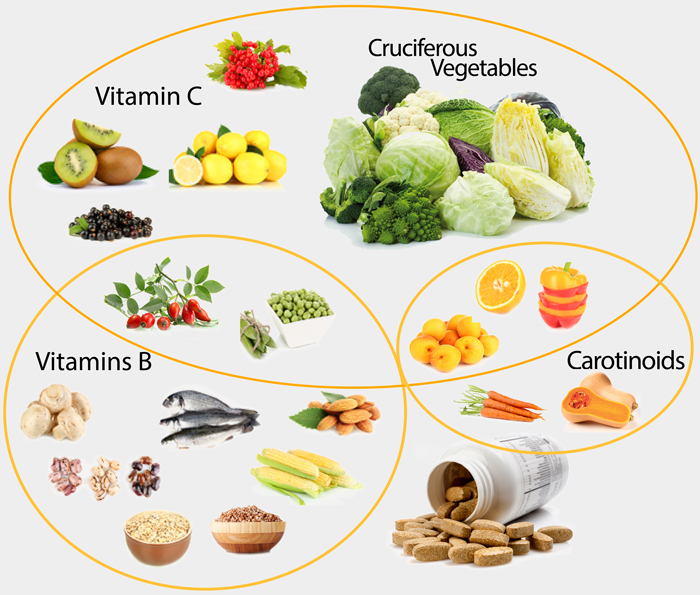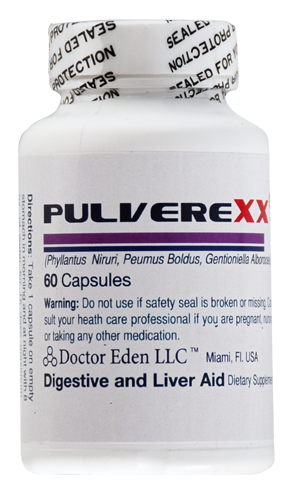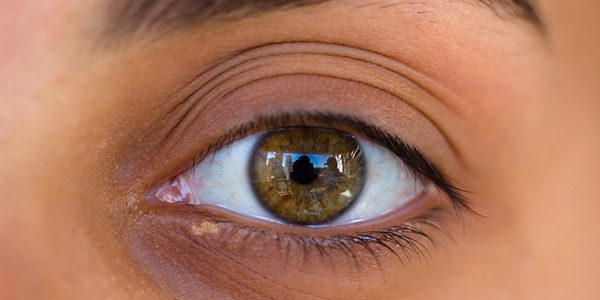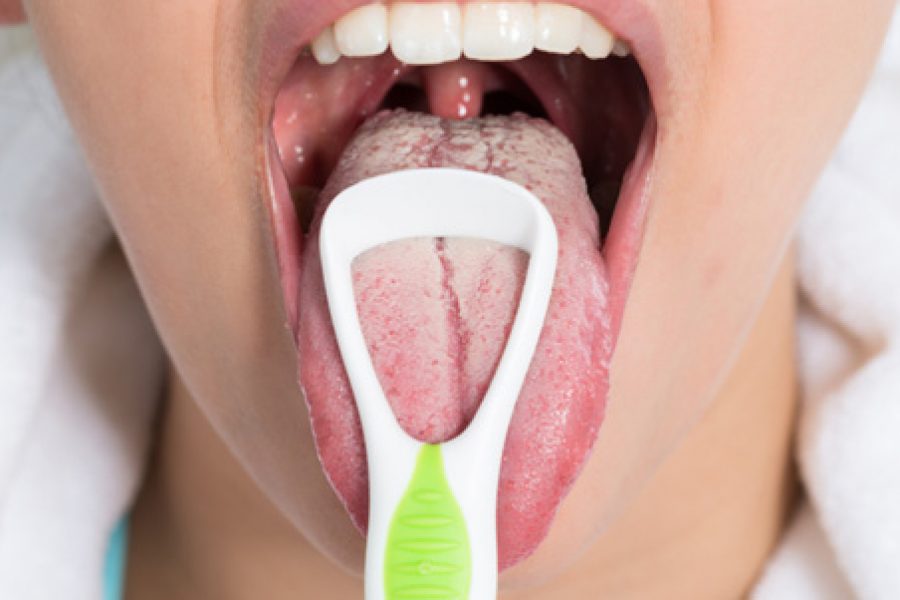A Fatty Liver Is A Toxic Liver
Cleanse the Liver of Fatty Liver Deposits
HOW TO GET RID OF FATTY LIVER NATURALLY
watch the video now
A Serious Concern for Many
Fatty liver affects approximately 25% of people in North America and can lead to serious health complications including weight gain, fatigue and it can lead to more serious problems such as cancer.
Identify the Signs
Unfortunately, many of those suffering from fatty liver do not even know they have it. There is a wide range of symptoms, however, many of them are vague and are often mistaken for stress or accepted as being just part of the aging process.
For those who know what symptoms to look for, fatty liver can be easier both to identify and treat.
What is a Fatty Liver?

It is normal for healthy individuals to have some fat on their liver, however, when the amount of fat reaches more than 5 or 10 percent of the organ’s total weight, it is considered a fatty liver. As fat cells multiply, over time they will crowd out healthy cells and this results in a reduction in the liver’s ability to filter toxins and burn fat.
People with fatty liver are frequently overweight and find themselves unable to lose fat without a great deal of effort.
What Does the Liver Do?
There are many crucial functions that the liver is responsible for. Not all substances that enter the gastrointestinal tract can be used by the body. These must be metabolized, or broken down into readily available chemical components that can be stored, both in the liver and tissues across the body for later use. The organ responsible for these metabolic processes is the liver.
Toxins That Damage Your Liver

The liver is also a biochemical filter. It filters about 100 gallons of blood per day. Not only does the liver remove environmental toxins, or xenobiotics, but it also removes metabolic waste from tissues and cells that are carried by the blood supply. The liver takes harmful chemicals that are ingested and alters them so as to not cause damage to the cells and body.
Examples of external environmental pollutants that contribute to liver congestion are: environmental pollutants, insecticides, pesticides, pathogenic microorganisms, pharmaceutical medications, hallucinogenic drugs, alcohol, and food additives. The liver also removes cancerous cells, and damaged or dead cells from the bloodstream so they can be shattered.

These toxins are first broken down by the liver and then removed from the body via skin or sweat, gallbladder or bile, and bowel actions, and via kidneys or urine. However, over time the eliminatory pathways in the liver begin to get bogged down with the toxins it is removing from the blood. The liver soon becomes overloaded. A dysfunctional liver is unable to work efficiently in eliminating its toxic load and metabolizing ingested food products. One of the first signs that seem to indicate there are even slight levels of liver dysfunction is low energy levels or being tired all the time, as well as a compromised immune system, which leads to getting sick more often. Liver dysfunction and a fatty liver are precursors to liver disease.
Nutrition And Lifestyle That Lead to Liver Disease
High Protein Diet – The Most Detrimental For Your Liver
 One of the greatest contributors to liver congestion is high protein diets commonly used for weight loss. One reason why high protein and high-fat diets have become so commonplace is because the dieter initially experiences a drop in glucose and insulin levels which leads to weight loss, but as time progresses, things begin to change. A prolonged period of time on a high protein and/or high-fat diet leads to liver congestion and liver dysfunction, as well as regaining of body fat and weight. A great majority of individuals that suffer from obesity or weight gain also suffer from fatty liver.
One of the greatest contributors to liver congestion is high protein diets commonly used for weight loss. One reason why high protein and high-fat diets have become so commonplace is because the dieter initially experiences a drop in glucose and insulin levels which leads to weight loss, but as time progresses, things begin to change. A prolonged period of time on a high protein and/or high-fat diet leads to liver congestion and liver dysfunction, as well as regaining of body fat and weight. A great majority of individuals that suffer from obesity or weight gain also suffer from fatty liver.
One of the drawbacks of high protein consumption is that it breaks down into ammonia in high concentrations.
Anyone who eats meat or poultry can notice the strong ammonia smell present in the urine after such a meal.
This is because the body is trying to eliminate the high ammonia concentrations via the kidneys. Under such a load, the liver is forced to convert ammonia into a safer product called uric acid or urea. This can then be eliminated via the kidneys or urine. Uric acid (urea) is an end product of nitrogen/protein metabolism. Excessive concentrations of urea can lead to uric acid crystal formation in joints, kidney stones, and gout. It is estimated that 1 out of 3 adults suffers from liver dysfunction.
Nutrients That are Essential for your liver

There are some nutrients that can help you a lot with the elimination of toxins in your body.
Common Symptoms of a Fatty Liver
Slow, sluggish and achy
 Common symptoms associated with fatty liver are feelings of lethargy. Patients may wake up after a full night of sleep still feeling tired, or they may simply run out of steam early in the afternoon. Dark circles or bags may appear under the eyes as well.
Common symptoms associated with fatty liver are feelings of lethargy. Patients may wake up after a full night of sleep still feeling tired, or they may simply run out of steam early in the afternoon. Dark circles or bags may appear under the eyes as well.
Aches and pains can start to creep up where they hadn’t been before. This can come in the form of muscle aches or stiff joints or rheumatism. People with fatty liver tend to have these types of symptoms at their worst during the morning and these will gradually subside throughout the day.
Sadly, these common symptoms are often mistaken for stress or just part of the aging process.
The liver is a filter – Detoxify it of Drugs, Medications, Toxic Chemicals and Fatty Liver Deposits
Symptoms of the skin
Other common symptoms of fatty liver are those that appear on the skin. Deposits of fatty tissue – especially around the eyes can be a telltale sign, as can other skin disorders such as itchiness and rashes. Blemishes such as acne, boils, and red spots can also appear. Brown spots and liver spots may also appear on the face and hands.
Additionally, the skin can become more sensitive. For example, some patients find that they bruise quite easily while others may find that they easily get broken or dilated capillaries on the face.
Problems with fat & weight retention
Because fatty liver interferes with the liver’s ability to burn fat, it is common for patients to have issues with their weight. Losing weight tends to be more difficult for these people than it is for those with a healthy liver.
Cellulite, as well as elevated LDL cholesterol, are other symptoms.
Bad breath and body odor
 Fatty liver isn’t merely something that has symptoms that can be felt and seen – sometimes it is even possible to smell them. Persistent bad breath, profuse sweating and offensive body odor can also be caused by this condition.
Fatty liver isn’t merely something that has symptoms that can be felt and seen – sometimes it is even possible to smell them. Persistent bad breath, profuse sweating and offensive body odor can also be caused by this condition.
Consider the fact, that the liver’s job is to remove toxins from the body. If the liver is not doing its job effectively, then your body will still try to expel toxins in any way that it can – which can lead to unpleasant odors coming from the person who suffers from fatty liver.
Other Symptoms
In addition to the symptoms listed above, fatty liver can also come with more serious symptoms
The Solution
What to do if you have Fatty Liver Disease symptoms
Fatty Liver Can Be Reversed by Cleansing
Do A Liver Cleanse
 Do a Liver detox: A widely used liver detox is the Pulverexx Protocol which aids in the breakdown of fatty deposits and toxicity in the liver. The program is all natural, lasts one month and has been very effective in helping restore a healthy liver function by eliminating protein, cholesterol deposits, calcified toxic formations, and fibrin. The Pulverexx Protocol can provide your liver with many of the cleansing compounds it needs to detoxify itself and start to restore your body’s health. Pulverexx is 100% organic, gluten-free and does not contain any binding ingredients or fillers.
Do a Liver detox: A widely used liver detox is the Pulverexx Protocol which aids in the breakdown of fatty deposits and toxicity in the liver. The program is all natural, lasts one month and has been very effective in helping restore a healthy liver function by eliminating protein, cholesterol deposits, calcified toxic formations, and fibrin. The Pulverexx Protocol can provide your liver with many of the cleansing compounds it needs to detoxify itself and start to restore your body’s health. Pulverexx is 100% organic, gluten-free and does not contain any binding ingredients or fillers.
By doing the above, you can start to undo some of the damage that has been done to this vital organ.
Fatty Liver Detox Canada & USA
Are you searching for fatty liver detox help in Canada or the USA?
Many people suffer with this painful and complex health issue, yet finding effective treatment options that don’t involve surgery can be difficult. If you’re ready to get on board with the Pulvarexx protocol, you’ll find this easy to follow system incorporates well into any lifestyle, brings fast results and has a money back guarantee. We’ll send you the The complete Pulverexx Protocol™ guide to help break down the easy steps to get you back on track. Your liver function is so key to your overall health and it may be time you take advantage of some extra help and natural support.
















